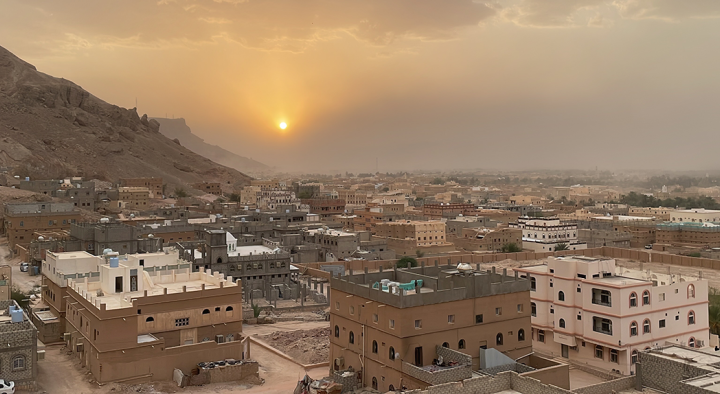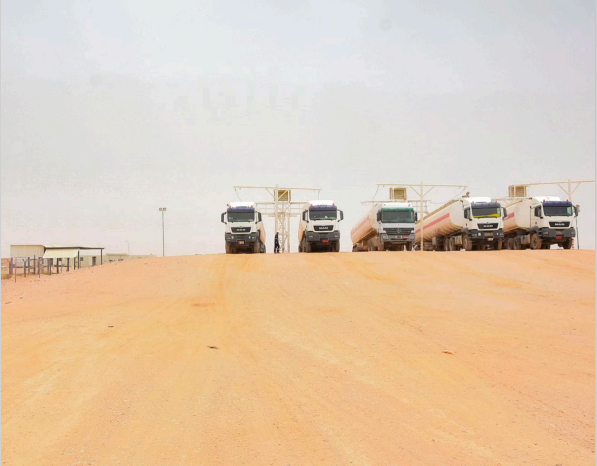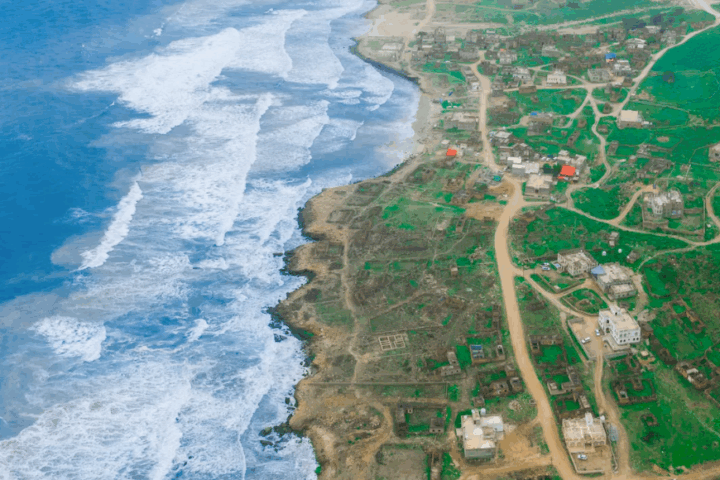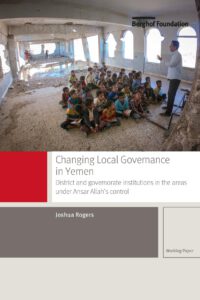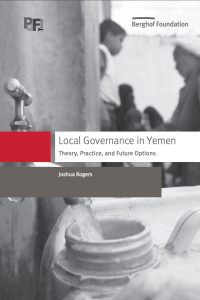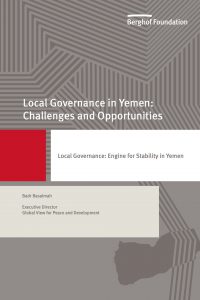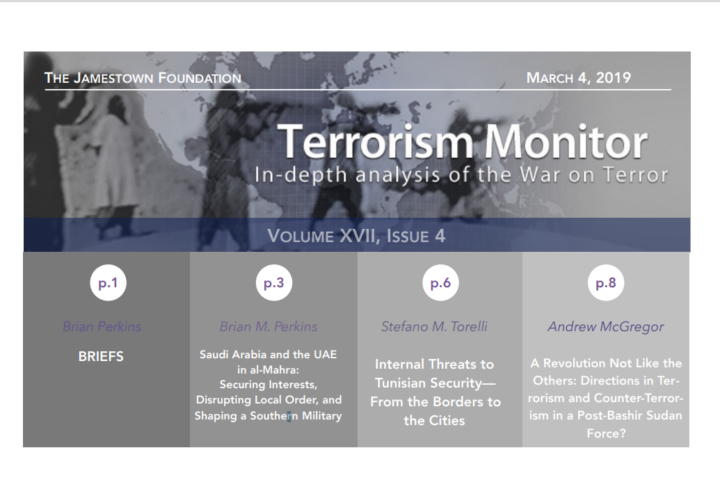
Short note on UAE and Saudi Arabian interests and footprint in Al-Mahra and the “power struggle over the provision of security in the region” between them.
The ongoing war in Yemen has wreaked havoc on much of the country, crumbling centuries old buildings, destroying critical infrastructure and leaving countless civilians dead. Fighting has extended to many corners of the country. Some areas, however, have managed to avoid the brunt of the war, mostly by virtue of their isolation and sparse population rather than a lack of strategic importance.
One such place is Yemen’s easternmost governorate, al-Mahra. Al-Mahra is second only to the governorate of Hadramawt in terms of size and runs the entire length of the border with Oman, from the Arabian Sea to Saudi Arabia’s southern border. Its size and geographic position along the border of both Saudi Arabia and Oman make the governorate a sought-after zone of control not only during the war but also whenever hostilities do subside. As such, al-Mahra is quickly becoming the site of a power struggle over the provision of security in the region, raising further questions as to the longer-term implications surrounding Saudi and Emirati interests and the proliferation of UAE-trained security forces.
Other resources you may be interested in:
The Hadhramawt National Council: A strategic move or a tactical reaction?
Discussion of the HNC’s potential to serve as an inclusive platform for Hadhrami aspirations and its challenges in establishing a clear strategic direction, while analysing whether it represents a strategic initiative or a tactical response to regional and local dynamics. The paper recenters HNC’s main role as to unify various Hadhrami movements advocating for greater […]
Recovering Lost Ground in Shabwa’s Oil Sector
Policy brief highlighting the pivotal role of the governorate of Shabwah in Yemen’s oil sector. It criticises the predominant role of international oil companies and the central government in Shabwah’s oil sector, and proposes a localisation, including the establishment of a local oil refinery, to meet local demands and to become more sensitive to developmental, […]
Extreme Weather and the Role of Early Warning Systems in Yemen: Al-Mahra as a Case Study
Policy brief on the effects of extreme wheather events in Al Mahra, exploring the perception of Mahrawis on the impact of climate change on agriculture, infrastrucure and their personal lives. Recommendations include ways for local authorities to develop an emergency response strategy in order to improve their ability to deal with (the aftermaths of) extreme […]


